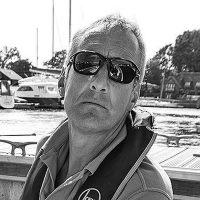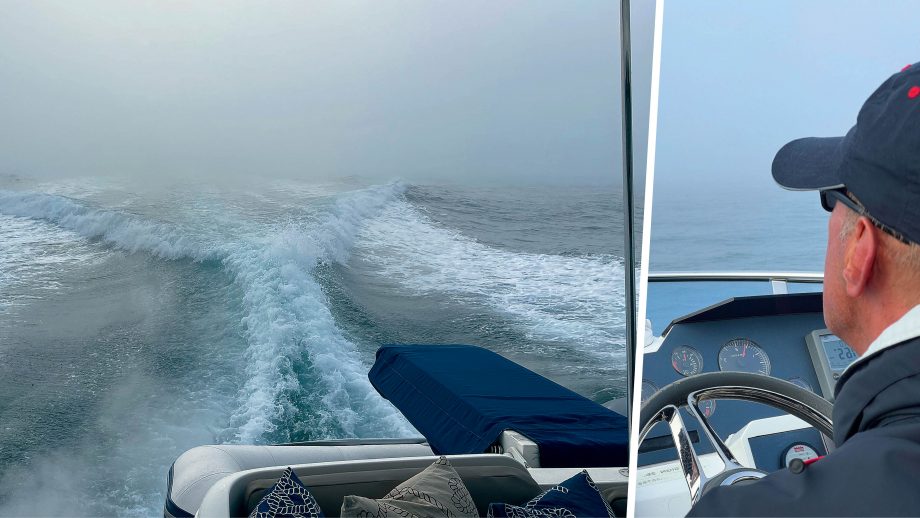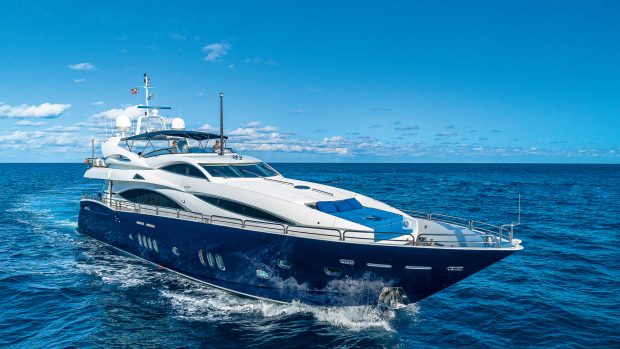Fog is one of the more challenging issues facing boaters, especially new or inexperienced ones. Jon Mendez shares his top tips for navigating in fog...
On a recent cruise to the Channel Islands, we had to deal with multiple cases of fog, some of which were forecast but others not, and it made me realise afresh just how intimidating it can be. If I was on a boat without radar and fog was forecasted, I’d consider very carefully whether I really needed to leave port.
However, if you are already at sea when fog comes down unexpectedly, I would take the following navigating in fog precautions to keep everyone safe:
- Put lifejackets on (if not already being worn)
- Double check your boat’s position and write it down
- Start making the appropriate sound signals
- Slow down to a speed at which you can react to any threat given the available visibility
- If it’s really thick fog, head for shallow water and consider anchoring
- Keep a good lookout using your ears as well as your eyes – stop occasionally to listen for other vessels.
Thankfully, the boat we were on had a radar, which I had used many times before. It wasn’t the very latest broadband style radar (they are amazing) but it was still a very capable 4ft open array with a 12in MFD screen.
Having used it many times before, I was comfortable that I had the settings correctly adjusted for the sea conditions of a light chop (Rain: off, ITC: on, Gain: about 65%, Sea clutter: on 10%,) so I was confident any targets would show clearly on the display.
I had made those adjustments previously, using a harbour wall and some small boats so I knew I was seeing what was there. It’s good practice to do this every time you go out so it becomes a habit.
I set the radar up in dual-screen mode with one screen showing the chart in North-up and the radar overlay on to confirm my position and the other displaying a single radar screen in Head-up, as I feel that is easiest for the crew to use while keeping a visual looking out for any targets and relating them to the picture on screen.
Article continues below…

How to: Set up a boat radar system properly

Driving a boat at night: How to enter a harbour after dark
We were progressing at 17 knots, about 20mph, in visibility of around 300m. If that sounds quicker than expected, it’s because the boat is really stable at this speed, it holds a good steady course (invaluable for radar) and we were well away from any rocky areas.
I set the radar on a three-mile range with each range ring at ½ a mile. At 17 knots it will take roughly 3½ minutes to cover a mile, so in effect I am looking ten minutes ahead in all directions. One of the hardest tasks when navigating in fog is keeping your heading correct.
Inexperienced skippers wander all over the place as they are used to having a visual point to aim at. For this reason an autopilot can be a big help in fog but if you don’t have one you can use a rolling road on your chartplotter or, as I did, an active waypoint.
This allows you to judge how straight a course you are holding. Even if you just have a basic plotter and no radar, this is still a valuable way to help maintain a heading when navigating in fog.
First published in the October 2023 issue of MBY.

Be prepared: Whatever the forecast, always have your radar on and tuned. Here I am using the hard mass of the harbour walls together with smaller items like the yachts and buoyage to help get the picture correctly tuned.

Look and listen: Get all the crew on lookout duty, and I mean all of them – my dog’s hearing is far better than mine and he barks at every other boat. If you are on your own, put the boat in neutral and have a listen, especially if the fog is thick.

Check visibility: It can be tricky to judge distance when you haven’t got any visual reference points within range but your wake will always be visible and if you know how long your wake is normally visible for on a clear day, this will give you a good idea of how far you can see in the fog.

Follow a route plan: I like to have a route plan loaded on the chartplotter before every outing even if it’s a passage I know well so that if I do hit a fog patch I can then follow it correctly using the plotter and radar.

Plotter set-up: Have the chartplotter in North-up mode so it matches the paper chart and allows instant comparison. Adding the radar overlay (the purple edge to the land on the right-hand side) helps confirm position.











